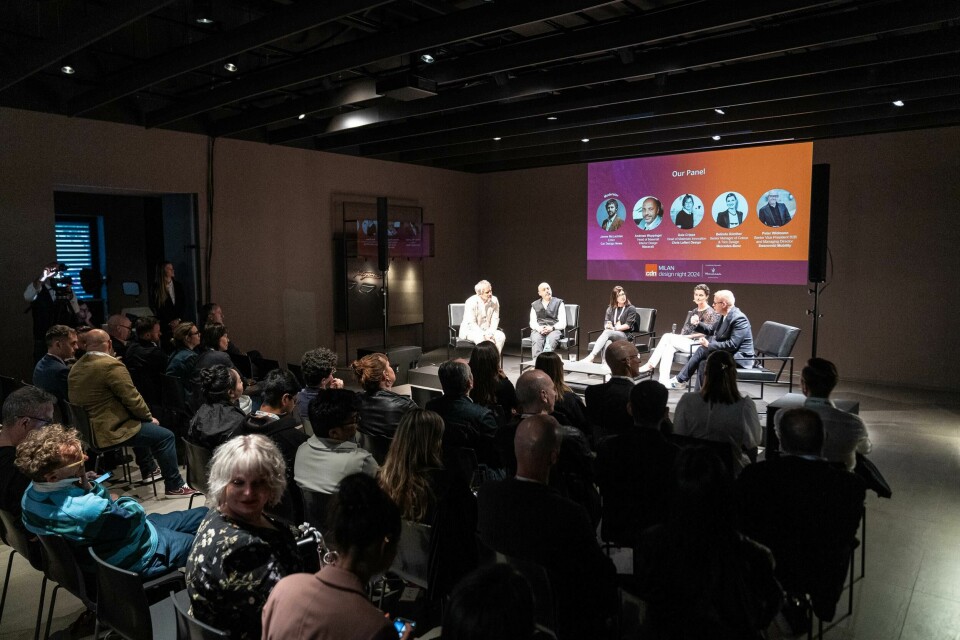
Rethinking luxury: key takeaways from CDN Milan ’24
Read on for the main talking points from the panel discussion held during the Salone del Mobile
Car Design News returned to Milan this week for an evening of design discussions and networking drinks. Below are the key takeaways from the panel, moderated by CDN editor James McLachlan, which brought together the following experts:
Gaia Crippa, head of materials innovation, Chris Lefteri Design
Andreas Wuppinger, head of interior design, Maserati
Belinda Guenther, head of colour and trim, Mercedes-Benz
Peter Widmann, SVP and managing director of Swarovski Mobility
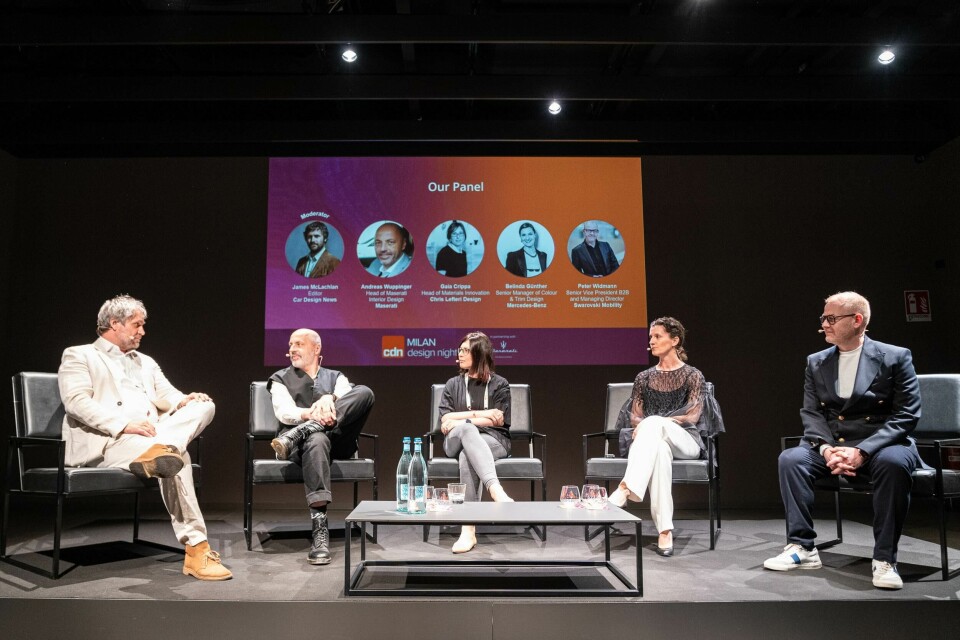
James McLachlan: Maserati occupies an interesting space between performance and luxury. What role is technology going to play for you when it comes to interiors, particularly in terms of balancing screens and the various other touchpoints?
Andreas Wuppinger: I think we are at a tipping point where things are changing. A few years ago, bigger is better was for sure the main mission.
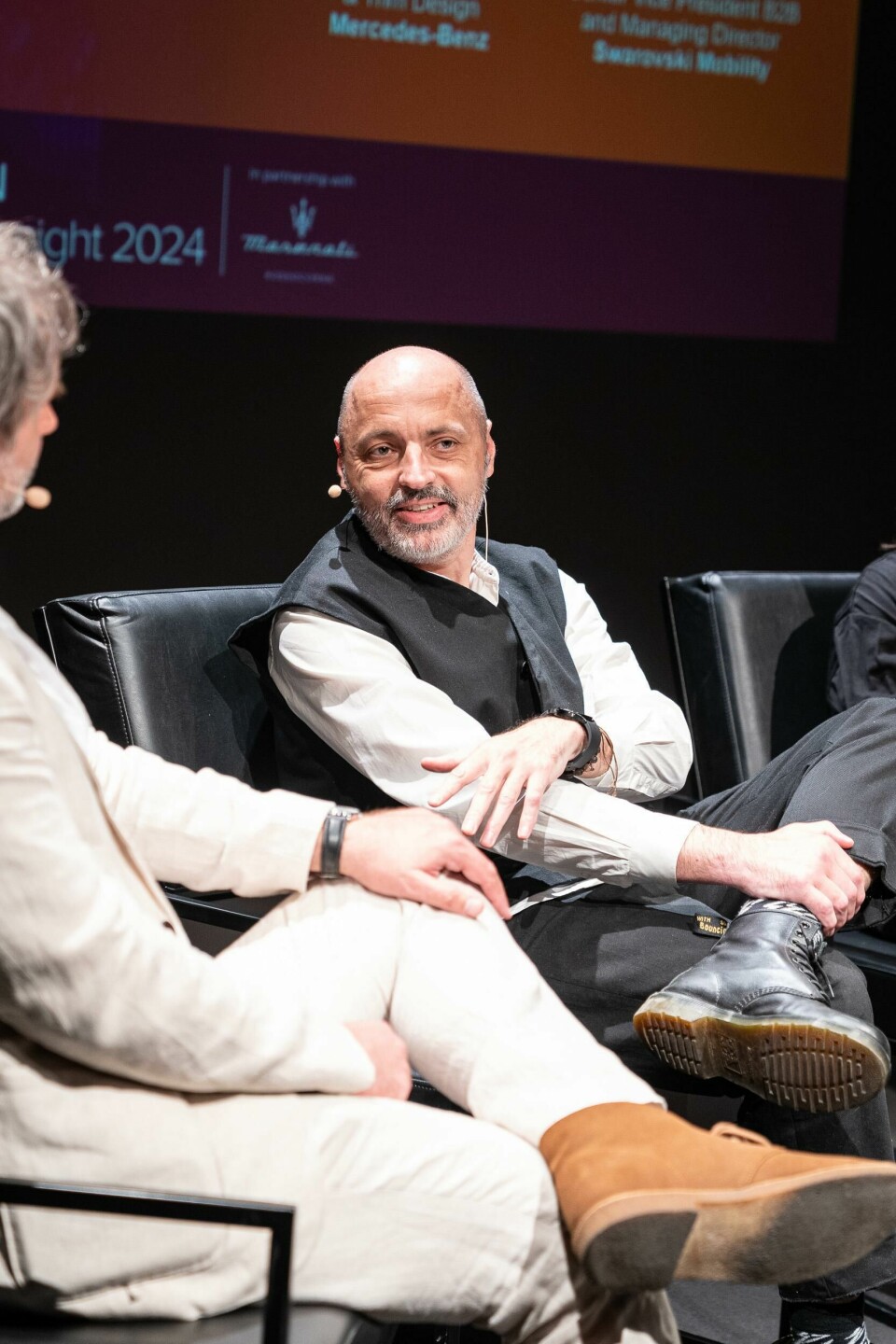
Today, even mainstream cars have huge screens but we are seeing that, especially for luxury brands, there is something more interesting and more valuable to show off in an interior than a screen. There is a big shift towards hiding technology, offering all the content that a customer expects but making it available only when required. Drivers want a comfortable ride without being overwhelmed by technology.
JM: What does that mean for you guys as designers in practical terms? Are you going to have to experiment, innovate and find new suppliers to deliver on this hidden tech?
AW: There is plenty of technology in the pipeline which offer very different solutions, and every company will find their own direction, their own way of integrating these kind of new trends. I’m not sure there is one single technology that will guide the whole car market, so every brand will build their DNA around different beliefs. At Maserati we are also trying to explore different solutions and we will have to see which one is the best for our customers. But it depends on the market. For us, we are working in both the performance and the luxury market and there are different expectations for technology.
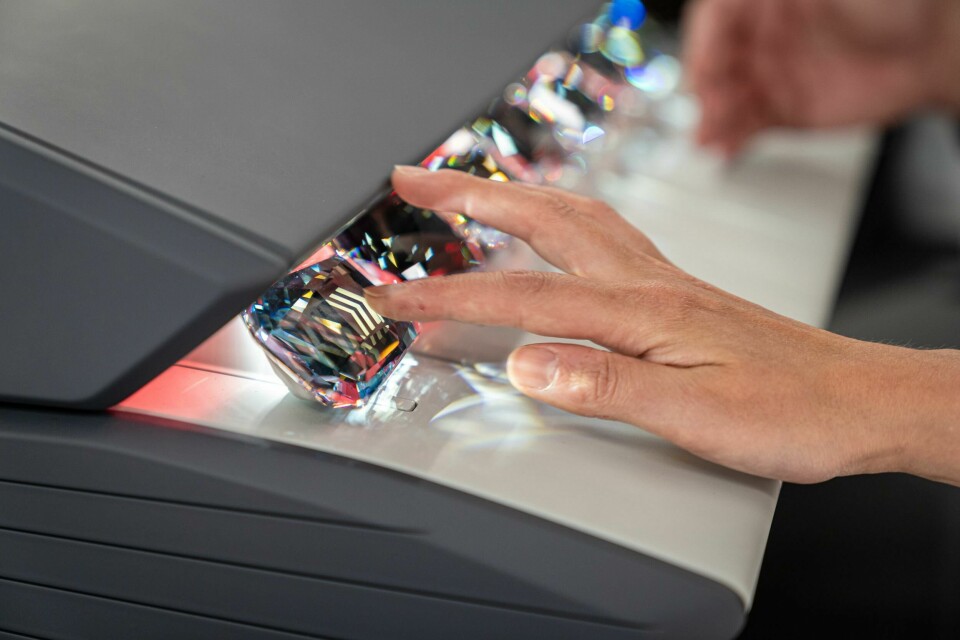
JM: This idea of hidden tech, Peter, is very much something that you’ve been working on, and you have even turned up with a product that delivers on this promise. Was this a result of research, or did you have the technology already and found an application for it?
Peter Widmann: Well, I think it’s actually both. But if we think of interior design – which is the world where we are coming from – we usually try to combine aesthetics with functionality. Milan is a fantastic example this week with the Salone del Mobile, where the best interior design and luxury brands are seamlessly integrating design with functionality and innovating around that. That’s what we are trying to do in our case, too, with a very specific material that we believe leans well into the interior world of cars as well. It’s a good mix of luxurious feel, aesthetics and functionality.

JM: One thing that did strike me about looking at those rather beautiful crystals is that you would hope laser beams do not bounce off at you on a sunny day… I’m presuming that you are looking at these kind of issues during the development stage.
PW: That’s the magic of what we are able to do, to actually calculate exactly how the light goes in and how the light goes out. On one hand that’s the magic, and on the other, the element of precision. So we like to call ourselves “mathemagicians”.
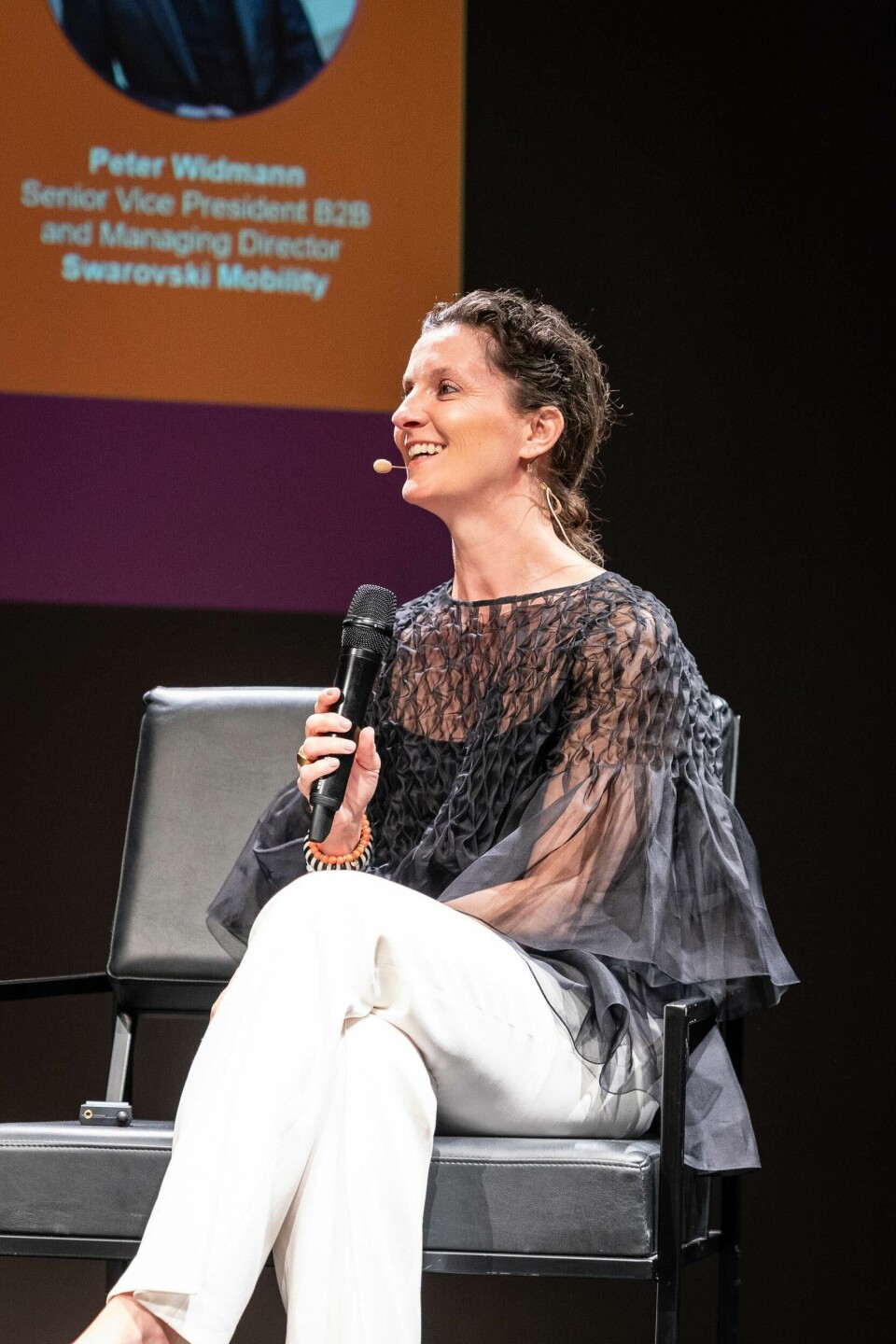
JM: Belinda, Mercedes has kind of made its name of late with its super-wide displays, but that’s not the only aspect of luxury. What kind of innovative materials are you looking at to push your brand forward in the luxury sphere?
Belinda Guenther: The most important thing is to integrate innovative technology into the interior and into the design philosophy. But at the same time, and I think this is true for the entire industry, we are looking at how to find the sweet spot between integrating digital technology but also balancing that with analogue, haptic, natural materials where you can see it is a crafted, luxurious material.
But we can’t stop there, it’s always changing, evolving step by step. Being in Milan, we can see that other industries are moving faster, introducing new materials that are not only innovative but also sustainable. We are being inspired by what they can do and how fast they are, but we also have to maintain the quality and durability of our products.
JM: We talk about the car industry moving at an insane rate, and a lot of this is pushed by the speed of design and development in China. Designers often tell me they don’t have time to innovate, it’s always about moving on to the next project. Do you have to make a special case further up the chain to find that time?
BG: Our brand DNA is of course evolving bit by bit, but in the end you need to stick to what you believe in and have a self-confidence about your heritage and what is good for the customer. So, of course, the noise and the competitive landscape in China is evolving and moving incredibly quickly, but we don’t get nervous about it. Processes need to be adapted, improved and sped up, but not in place of quality – you have to stick to your guns and work with the noise around you.
JM: So is the idea that perhaps European brands need to hold their nerve and tune out some of the competitive churn?
BG: Yes. I wouldn’t say it’s about ignoring it, but about deeply understanding what is going on and what the innovative new start-ups are doing.
JM: Gaia, you’re head of material innovation at Chris Lefteri Studio and work a lot with automotive. What are you hearing – what do brands want from materials these days?
Gaia Crippa: I think that many clients, if not all of them, are trying to balance sustainability with the idea of premium. Sustainability needs to be the very first priority and clients are demanding that more and more, so it’s about trying to find the line between what is really premium and not just greenwashing, and meeting the super high standards of the automotive market. If we think about resins and plastics, for example, there are many different options out there, but it is very hard to find the right material that can meet all the automotive standards.
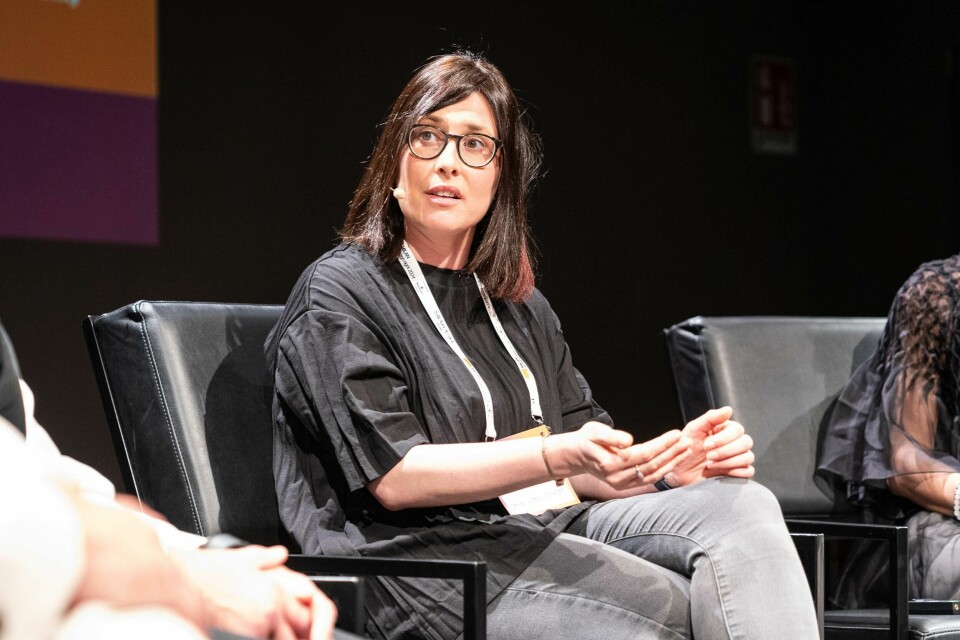
JM: We are often drawn to certain materials because they develop a patina and kind of become part of us. Everyone has a favourite armchair that tells a bit of a story, for example, and that feeds into this idea of a brand story, which is incredibly important for luxury brands. Is that a conversation that’s evolving or is there a new generation of consumers that want it to be perfect ten years down the road?
GC: The point about patina is quite interesting as it is actually the indicator of time. If we think about that armchair, the patina only starts developing after ten, 15, 20 years. But we need to think about that in the context of the lifespan of the car. As designers we need to educate our customers or clients that being perfect is not necessarily what we need anymore. We need to accept defects. We need to accept the material changes, they are part of the story of the material. So maybe it’s not about patina, but about embracing other types of ‘defects’ that are there from the start of the material.

JM: Yes, the idea of imperfection. If a customer gets an imperfect leather finish, what are they going to say to Maserati or Mercedes? Is that a story you can convince them to buy into?
AW: Sometimes imperfection is also beautiful. We’ve seen that if we have a perfect material, people sometimes feel like it’s unnatural or artificial. I found the point about lifespan very interesting, because if you’re looking at premium cars, of course they have a lifecycle. But with the luxury segment, and specifically Maserati, almost all cars that we have ever produced still exist today.
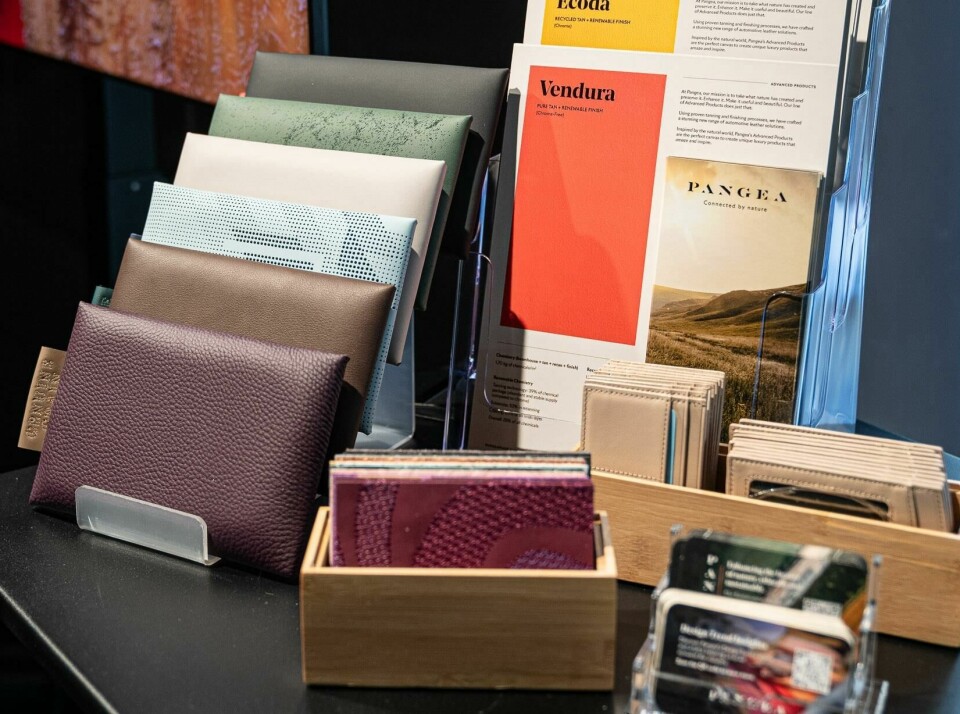
Recycling was a very important topic for us two years ago, but we also recognised that it’s not only about recycling, but also maintaining. Keeping the material alive, letting that beauty grow over time. We really believe in visual longevity which is very valuable, especially for a luxury customer.
JM: Belinda, does that resonate with you and Mercedes?
BG: Yes, those things are certainly true, but I think I’m somewhere in between. Since I’ve been working in the automotive industry there must have been a thousand attempts to get imperfect natural leather into products, but they never get there somehow. But I think it’s a matter of time and, like Gaia said, educating customers. Keeping products for a long life is also part of sustainability. And in the end, what is miperfection? I remember my granddad’s 30-year old Jaguar, which smelled like real leather and evolving over time, showing the soul of the material. Hopefully the consciousness of the customer is growing and becoming more accepting of that.
JM: Peter, how much does a story feed into the idea of luxury for you at Swarovski and more generally?
PW: If we look at the best luxury brands in the world, there are some facets that everyone does really well. It’s about craftsmanship, it’s about heritage, it’s about quality. The storytelling and creativity elements is what those who stay at the top for a very long time do well. That’s also one of the areas where we can learn from different industries, too, and I think that’s what the car industry can take as well.

































